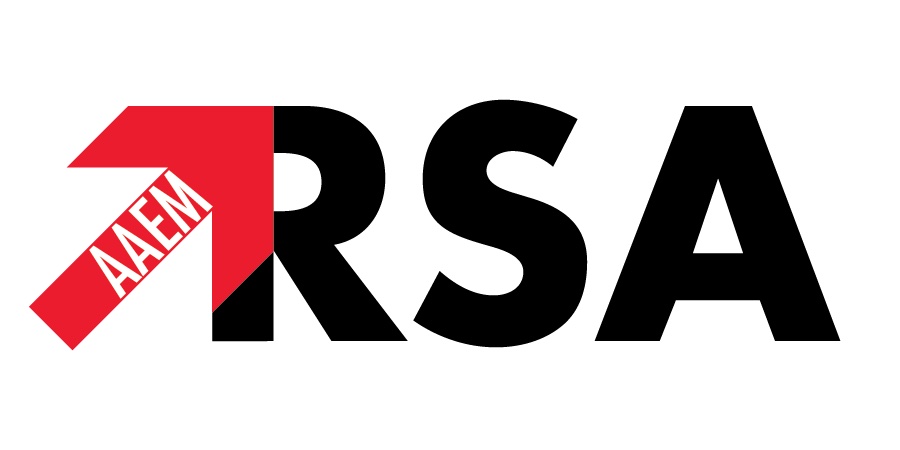 |
| Source: Flickr |
Author: Dan Holt, MS4
Midwest Regional Representative 2014-2015
AAEM/RSA Medical Student Council
Away rotations provide great learning experiences and opportunities for growth as a medical student. Performing well on these rotations is extremely important for those of us looking to match into an emergency medicine residency. Below are seven tips for success from top medical students around the country who have already completed their rotations. There is no secret formula to guarantee honors in any rotation, however this is great place to start.
1. Introduce Yourself
As medical students, we are dependent on the skills, knowledge and expertise of all of the staff members in the emergency department. This includes nurses, techs, and the custodial staff. People will be more willing to help you out if they know you from the start, so the earlier in your shift that you get your name out there the better. Let others know you are a medical student and that you are willing to help with anything (and I mean anything).
2. Determine Expectations
Every attending and senior resident has different expectations for each medical student. They will expect different presenting styles, involvement in procedures, and responsibilities in note writing, etc. It’s best to figure out what your team wants from you as early in the shift as possible.
3. Communicate
Whether it’s specifically written or implied, a huge part of the evaluation process is communication. Attendings and residents are busy people. They may not always have the time or remember to keep you informed about changes in patient care plans. Make sure that you are checking in regularly and relay any new information to the rest of the team (nurses, techs, etc.) and most importantly to your patients. Communication is also a two-way street. If anything changes with your patients, make sure that you let your residents and attendings know in a timely manner. This lets them know that you are on top of things and that you are striving to be an integral part of the patient care team.
4. Be Confident
The worst plans are better than no plans. You are on your rotations to learn. When you’re wrong this lets the rest of the team know how they can help you. “I’m not sure” or “I don’t know” doesn’t give your attendings or residents much to work with and makes you look like a recorder/interpreter (derogatory labels to MS4s). To honor a rotation, you need to act like a manager and part of this role is confidence in your decisions.
5. Be Energetic
Find a way to stay energized for your entire shift. Emergency medicine shifts typically range from 8 to 10 hours at a time. Plan on being active and on your feet this whole time. Check in on your patients, find cool procedures to get involved in, ask nurses and techs if there is anything you can do to help. There is rarely, if ever, down time in the emergency department, so if you are sitting you are missing out on a learning opportunity.
6. Be Positive
A huge part of the away rotation process is figuring out what program, or type of program, is right for you. In addition, programs are trying to see if you are right for them. Stressful events are common in the emergency department. It is important to keep a positive attitude through all of your shifts to show residents that you are someone that they would enjoy working with in the future.
7. Be Proactive
Go out of your way to help patients, team members, and staff. Again, attendings and residents are busy, so the more that you are able to accomplish on your own the better (within reason … no thoracotomies without supervision). If you see a laceration that you think will need to be repaired, grab the supplies before your resident tells you to. If a patient will need to be moved to a procedure room, either move the patient yourself or find a staff member to assist you. There are countless ways that you can show your team that you are self-motivated. Doing more on your own will earn your supervisors’ trust and they will give you more exciting responsibilities.
Special thanks to my many peers who helped put these tips together, further proving that emergency medicine is an amazing and collaborative field.
